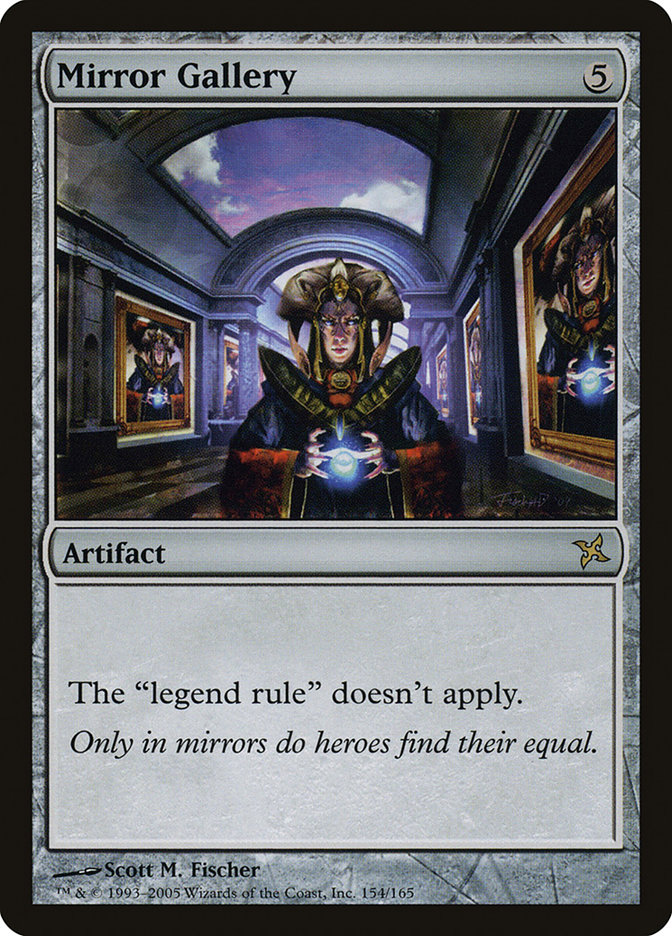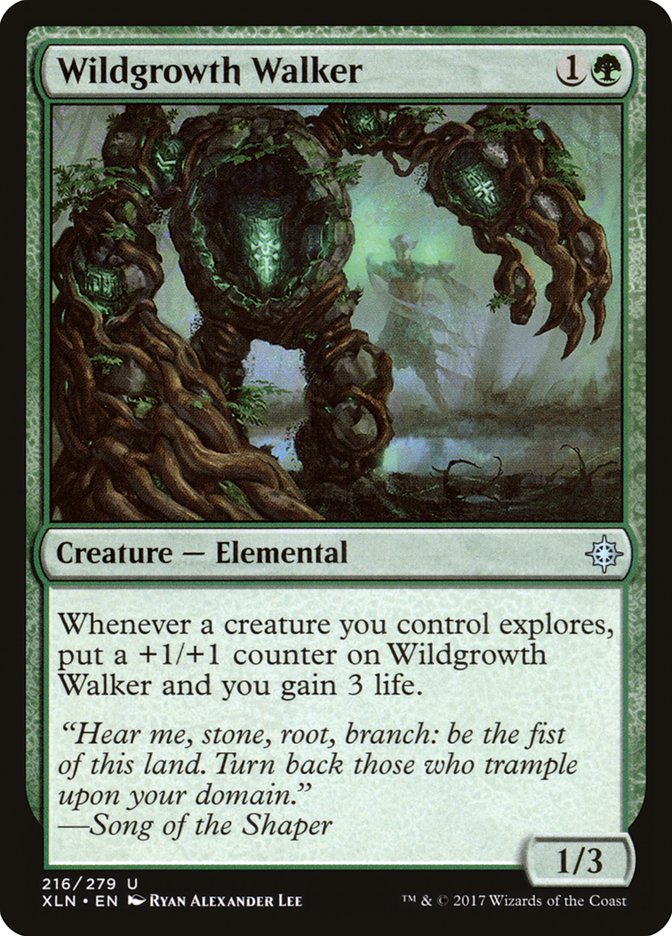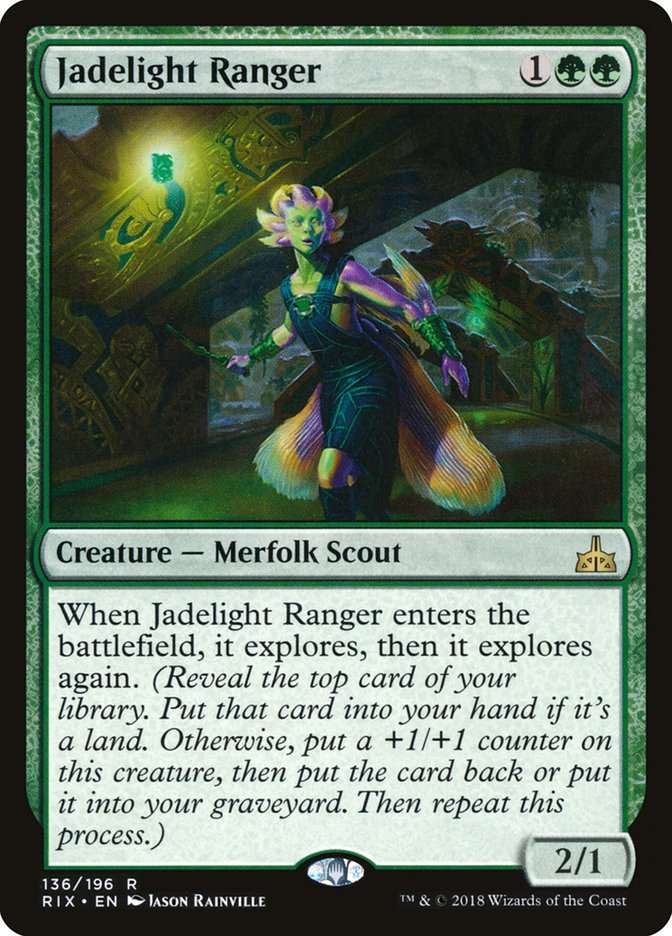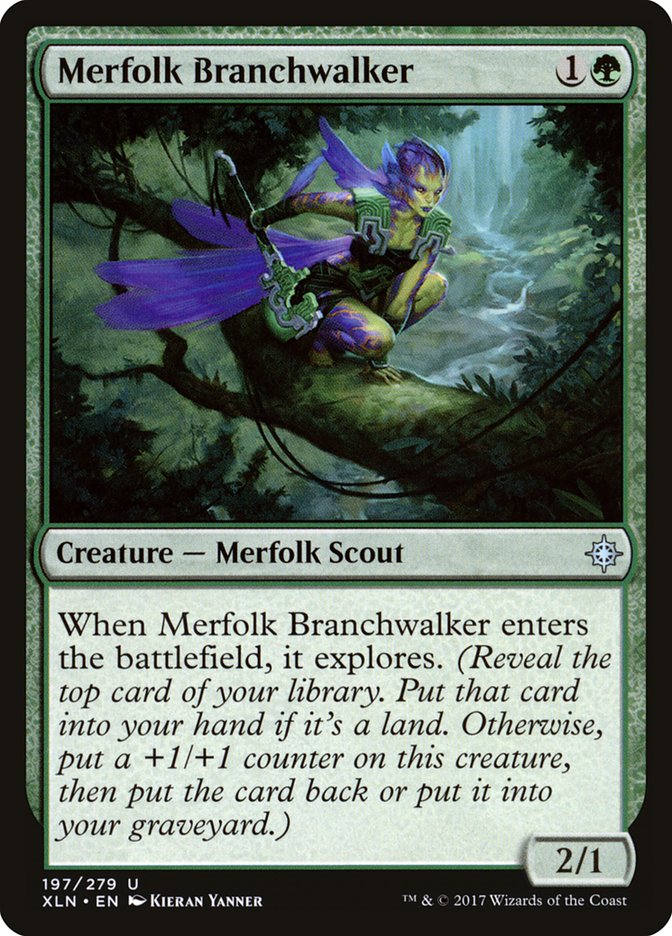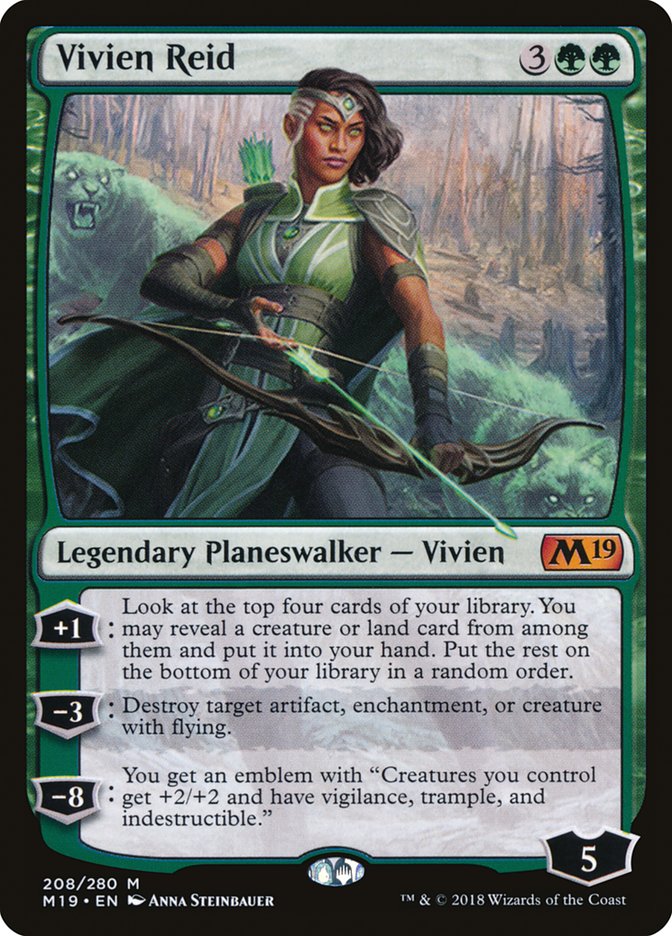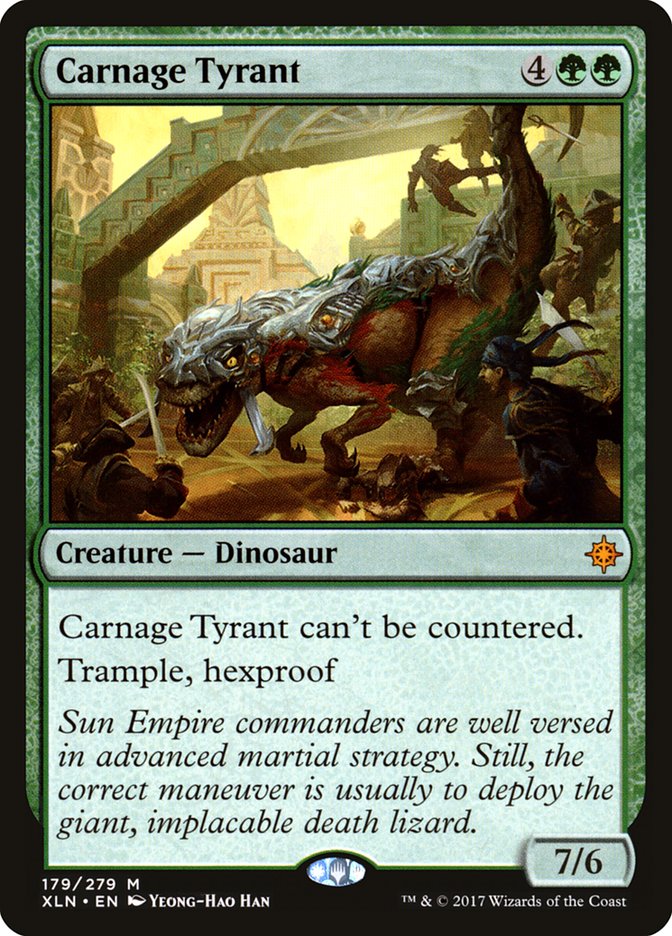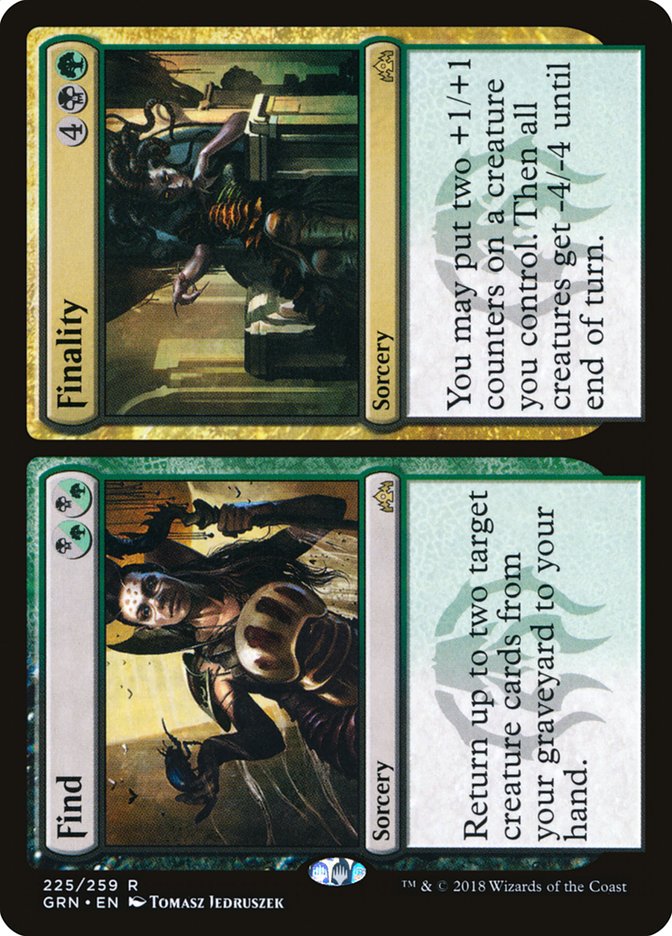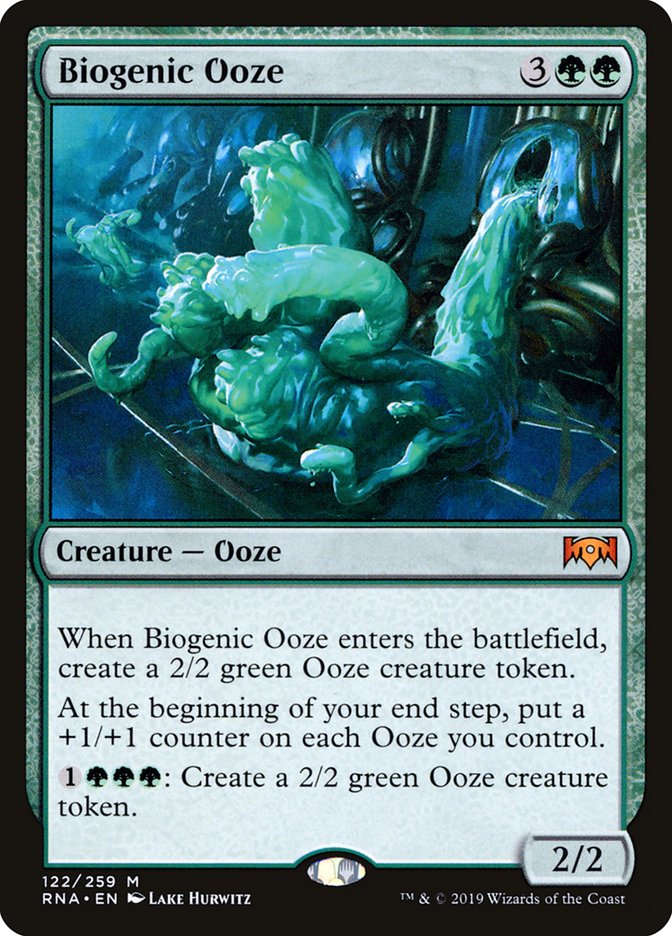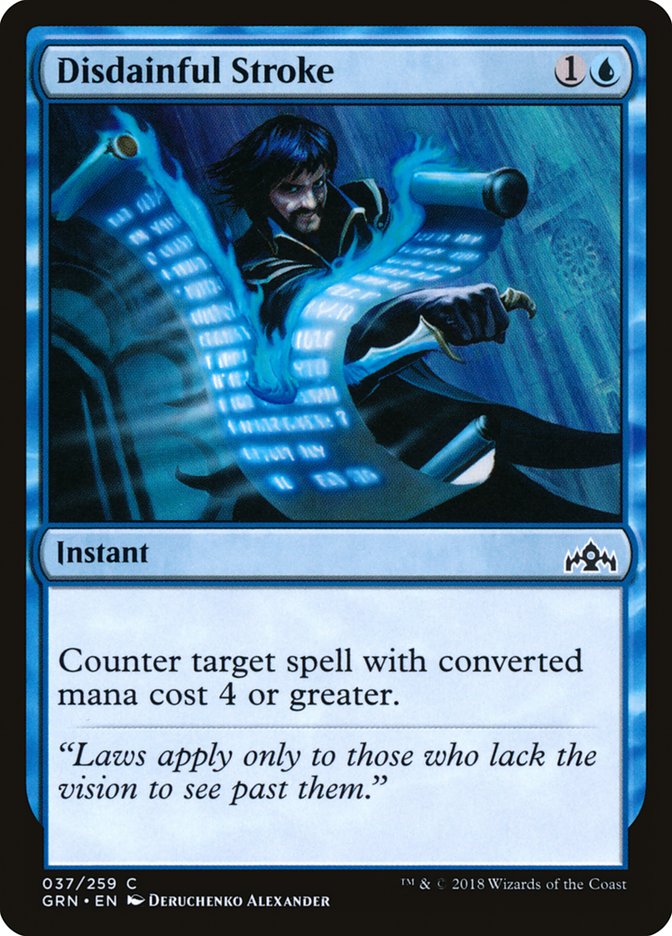Isn’t it funny how the more things change, the more they seem to stay the
same? The #SCGINDY Standard Open over the weekend was won by the persistent
best deck of the last format, only with a “new year, new me” twist
bolstered by your friendly neighborhood Jellyfish Hydra Beast.
I’m not going to mince words about Sultai Midrange when it comes to the
quality of the deck. I spent all week working overtime with some of the
brightest players on the SCG Tour on idea after idea and all, but one of us
decided to play the same 73/75 come the night of the tournament.
Ultimately, our build of Sultai wound up putting half the Abes in the
tournament who registered it into the Top 8 (which is pretty impressive by
my count) and looked like this:
Creatures (25)
- 4 Llanowar Elves
- 2 Carnage Tyrant
- 1 Hostage Taker
- 4 Wildgrowth Walker
- 4 Merfolk Branchwalker
- 4 Jadelight Ranger
- 2 Ravenous Chupacabra
- 3 Hydroid Krasis
- 1 Incubation Druid
Planeswalkers (3)
Lands (24)
Spells (8)

Sultai was the talk of the tournament, and as our focus shifts towards the
Team Constructed Open at SCG Baltimore, I only expect all the buzz to be
the wind beneath Hydroid Krasis’ wings. I expect Sultai to be the most
played deck, so barring something drastic, I’m going to do the only thing
that I think makes sense to do.
Play Sultai.
When it comes to situations where a deck feels like an obvious best choice
against the field, at the cost of playing lots of mirror matches, people
usually have one of the following three responses:
-
I love to play the mirror match because there’s usually a lot of
play to it. - I hate to play the mirror match because it feels totally random.
-
I’m afraid to play the mirror match because I’m not as
experienced.
Fortunately, for those of you who are on either side of the fence, there’s
a lot to choose from in this Standard format, but for those of you who are
afraid, strap in. Let’s get rid of some of that fear real quick.
I’m personally in the camp of people who love to play mirror matches as
they’re often where a strong fundamental understanding of the Magic being
played is rewarded the most. There can be a lot to manage depending on the
kind of mirror, but those things all tend to be derived from the answers to
these two questions:
- How can a player usually win a game?
- How does a player usually lose the game?
There’s a lot to talk about here, so I’m going to dive right into
explaining these questions by talking about the way the Sultai Midrange
mirror tends to behave to talk through this kind of analysis.
The Ways To Win
In the pre-sideboard games, there are three primary ways that a player wins
in my experience:
The first of which, and one of the rarest, is that an unchecked battlefield
of explore creatures and timely removal spells end the game before the
other player can stabilize through trading off creatures and casting
removal of their own. Wildgrowth Walker and Llanowar Elves tend to be a big
part of this, and the mana advantage that Elves provides can enable
punishing two-spell turns that put the opponent on the back foot.
The second one, and one of the most common in my games, is an unchecked
Vivien Reid.
Vivien on a battlefield that can be defended easily can quickly snowball
towards a game-ending emblem or find a large Hydroid Krasis that puts a
player far in the lead. Vivien is fairly unique in her impact on the game
because not only does she find specific trumps like Hydroid Krasis or
Carnage Tyrant, she also threatens to end the game on her own and can serve
as an answer to an opposing large Hydroid Krasis in a pinch.
The third, which I alluded to above, is the combination of Carnage Tyrant
and Find.
Carnage Tyrant is still the big threat on campus when it comes to Sultai or
Golgari mirror matches, undoubtedly. The large trampling body that refuses
to trade with a removal spell has a warping presence on almost any
battlefield. Hydroid Krasis is a close second, but Carnage Tyrant is a
playmaker like no other, especially when you draw even just one copy of
Find. Resolving the Finality side of Find with a copy of Carnage Tyrant on
the battlefield is the easiest way to shut the door in most games you’re
ahead, and in situations where you need to have Carnage Tyrant on defense
or need to use it to force fighting over something like a Vivien, rebuying
it is just as good.
The Ways To Lose
This is going to sound a little silly to some of you because it feels like
stating the obvious, but really the ways games are lost are simple: a
player fails to answer the thing their opponent is doing to kill them or a
player falls behind on the battlefield and never catches up.
Simple enough, right? Those are the rules of engagement in a nutshell, so
what does that tell us about what’s important when we stop talking
about how a game of Magic plays out and we start actually playing it?
When it comes down to playing the games out, almost all our decisions wind
up predicated on this assessment of the matchup–every spell we cast, every
choice to attack, every choice to block.
Jadelight Ranger and Merfolk Branchwalker both play a big part in where
tough decision points can arise. Trading off your creatures, and the card
selection provided by explore, can both be game-defining as both sides of
the battlefield are developing. Without the context of what kind of game
your hand is looking to play, and the length you expect the game to go, it
can be difficult to decide between a Vivien Reid and getting a card deeper,
or between using Vraska’s Contempt to clear the battlefield or saving it
for a pivotal permanent.
It can be very important to keep track of a mental ranking of what trumps
what in a race of win conditions. In the Sultai mirror, I track them as
follows, from highest to lowest:
- Vivian Reid emblem
- Carnage Tyrant + Finality
Major gap in power level here.
- Carnage Tyrant
- Card advantage/a snowballed battlefield
A match I played against Ross Merriam over the weekend comes to mind when I
think about trumps in the mirror. Ross managed to resolve a Vivien Reid on
an empty battlefield that was uncontested for two turns. Generally, this
would be considered an unwinnable position, except my next two turns were a
Carnage Tyrant and a Finality that kept an emblem from being created by
Vivien Reid. The two turns following that were another Carnage Tyrant and
another Finality, and despite drawing a dozen more cards than I had, my
Tyrants were unstoppable. But had that Vivien created an emblem, I would
not have been able to win.
Of course, you won’t have the opportunity for every game to be filled to
the brim with delicious, delicious, tough decisions, but knowing how to
parse the ones you do encounter can easily be the difference between your
result being good and being great. Don’t forget that.
This logic follows us into sideboarding as well. While myself and others
who wound up on our Sultai Midrange list had marginally different
approaches to sideboarding in the mirror match, mine was:
VS Sultai Midrange
Out:
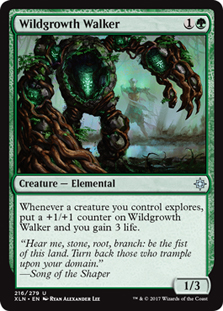




In:
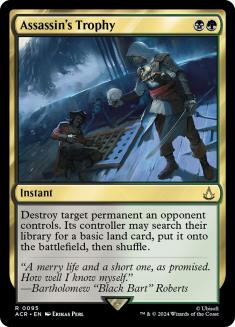
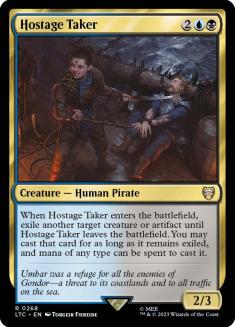
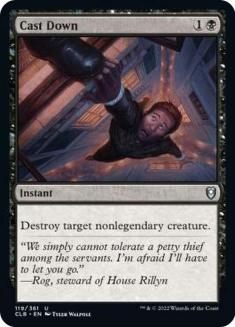
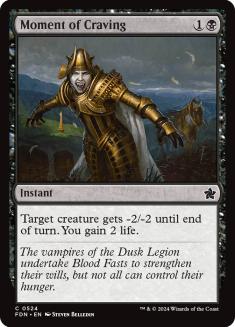

Last season, it was a bit contested whether Wildgrowth Walker was a card
you wanted in your deck after sideboarding in the Golgari Midrange mirror.
I believed it was a card I didn’t want then, and I stand by it now,
especially with the way that our deck was built. In the sideboard games,
both players gain access to more removal to fight over important cards like
Hydroid Krasis and early game Llanowar Elves that threaten to steal games.
The dynamics of the matchup tend to lean towards the answers being more
important than the threats, so increasing the amount of times you get to
have a clean answer to Vivien Reid or save a Vraska’s Contempt to stop a
chain of Find and Krasis from burying you in card advantage is very
important. I think this is a good level one strategy, but after playing a
match against Ethan Gaieski during the Standard Classic my eyes were opened
to several possibilities that Sultai has which Golgari did not.
After a long first game, Ethan, who had a slightly different deck,
sideboarded in a manner we had talked about during the week of testing we
had done, but I dismissed without putting it into practice.
Biogenic Ooze was a card that, early in the week, our entire group was very
excited about as it was dismantling everything we were playing against on
Magic Online with relative ease the more copies we put into our deck. The
big problem we started having with Ooze was that decks with Finality would
clean up our newfound trump card unless we could have it live for a total
of three turns, which was no easy feat.
Over the course of the week, Ooze became our ultimate 75th card as a threat
that turns the corner against Mono-Red Aggro, but Ethan decided that rather
than worry about Finality, he’d just counter it. His two copies of
Disdainful Stroke dismantled me, as my attempts to take over the game with
cards like Finality and Hostage Taker were thwarted, and I ultimately
succumbed to an army of Oozes. I didn’t wind up going back to my sideboard
as a respect to the clock because we only had four minutes for a third game
after our ordeal, but had I, countering that would have looked something
like this:
VS Sultai Midrange w/ Biogenic Ooze + countermagic
Out:





In:
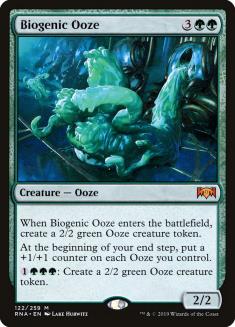




Adapting on the fly to situations you haven’t encountered before is tough,
but I really liked what Ethan was onto with his strategy. Not only does
having answers to Finality turn on the capability for Biogenic Ooze to
out-stat Carnage Tyrant and become the most important card on the
battlefield, the counterspells also mitigate the effects of early mana
advantages from Llanowar Elves. Vivien Reid on turn 4 isn’t so scary when
you can just cast a Negate.
I’m not entirely sure how deep into one-upping each others’ plans this
could have gone, but I think Negate is better than Disdainful Stroke on the
merit that it counters Find and Disdainful Stroke as opposed to the big
upside of countering Hostage Taker or Ravenous Chupacabra. Find is often
the most important card in games that are going long, and Negate trading
with effectively another copy of Carnage Tyrant, Hydroid Krasis, or either
of the cards you’re looking to counter with Disdainful Stroke is a very
large upside to me.
There’s still tons of exploring to do in this Standard format, and nothing
is certain, but with the information you have, extrapolating that into
larger decisions like sideboarding or a tactical approach like Ethan did
with Biogenic Ooze is what mirror matches and Magic are all about.


